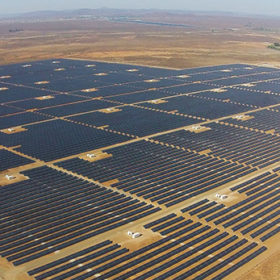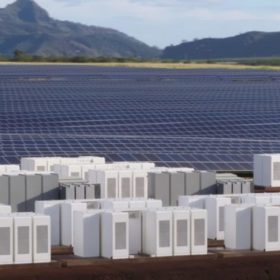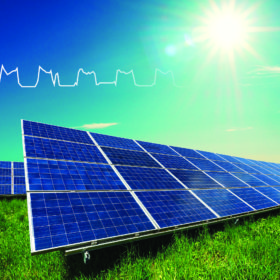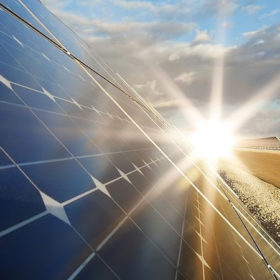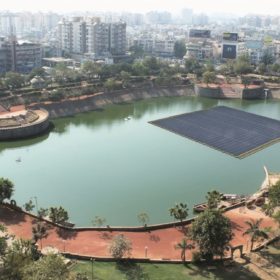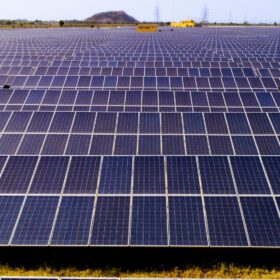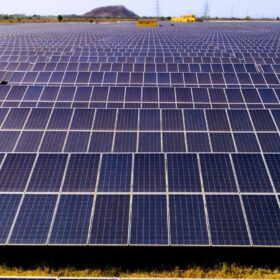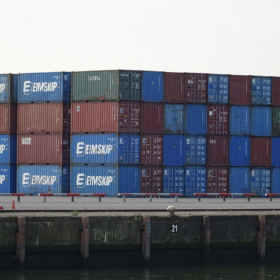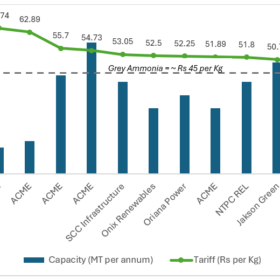Sterling and Wilson Solar to launch IPO this week
The Shapoorji Pallonji Group’s solar EPC business will hit the capital markets with an initial public offering on Aug. 6.
IHS Markit expects 4.3 GW of new storage this year
And the analyst expects that annual new additions figure to rise to 10.6 GW in 2025. This year the U.S. will surpass South Korea as the largest storage market due to new capacity for solar-plus-storage projects. In Japan and Australia, growth will be spurred by the termination of FIT programs.
Global solar PV will reclaim double-digit growth in 2019, says IHS Markit
This revived growth comes mainly from markets outside of China, which are forecast to rise by 43% in 2019. While China will grow marginally by 2%, Europe will add over 7 GW with utility-scale installations in Spain alone contributing 60% of the growth in the region. The USA will overtake India to once again become the second-largest PV market.
Global solar PV tracker sales jumped over 40% in 2018: IHS Markit
Global solar PV tracker shipments exceeded 20 GW for the first time in 2018, with NEXTracker leading the market. While the Americas accounted for more than half of global PV tracker demand, the growth rate was strongest in the Middle East and North Africa.
Analysis: Siemens’ move for Kaco unlikely to threaten Indian jobs
The German giant – which manufactures central inverters near Mumbai – announced plans last week to acquire Kaco and start a new smart infrastructure business from April 1. In light of those moves, pv magazine spoke to IHS Markit’s Cormac Gilligan about the new kid, albeit huge, on the block.
14 PV trends for 2019
Having reflected on the year gone by, it is time to turn attention to the coming year. Many predictions may not fully, or even partially, bear the fruit they promise – and the unexpected is always lurking in the background – however they can be a useful indicator of certain pathways and growth areas. With this in mind, the pv magazine team has compiled a list of the top 14 solar PV and energy storage trends expected to characterize 2019. What do you think? Have we missed anything?
2019 PV installations to hit 123 GW, global balance shifting, says IHS
More predictions from IHS Markit reveal that 123 GW of solar PV installations are expected in 2019 – up 18% on the capacity additions expected this year. It also sees a market shift away from China, with two thirds of capacity located elsewhere. The overcapacity situation is also expected to ease.
ReNew Power to develop 3 MW floating PV project in Andhra Pradesh
SECI has opened up to 10 GW of floating PV for expressions of interest to accelerate adoption of the solar platform. The potential generation capacity for the technology in India is enormous, with 700 GW possible if just one-third of the country’s water reservoirs are exploited.
Testing the water
If India covers just one third of its major water reservoirs with floating solar installations, it could generate as much as 700 GW of solar power. However, it’s still early days for floating solar in the country, given the lack of technical experience and higher implementation costs.
Nearly 8 GW of solar projects receive 6 month extension – MNRE
To ensure their continued viability, nearly 8 GW of solar PV projects have been granted an extension by the Ministry of New and renewable Energy (MNRE).
